10 best movies set in L.A., ranked
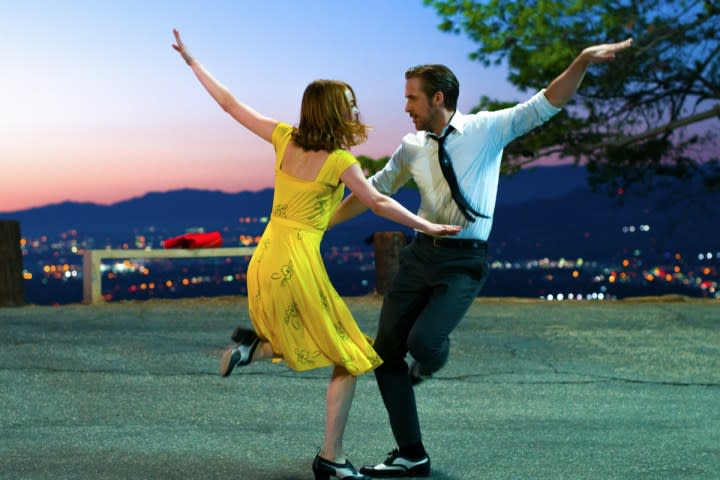
- Oops!Something went wrong.Please try again later.
- Oops!Something went wrong.Please try again later.
- Oops!Something went wrong.Please try again later.
One of the great ironies of Hollywood – that great, self-celebrating monstrosity – is that it is reflexively embarrassed by itself. Most movies that are set in Los Angeles or are about the film industry either actually endeavor to spend most of their time outside L.A., like Preston Sturges’ peripatetic movie-biz satire Sullivan’s Travels or, if they must stand pat in the City of Angels, resign themselves either to conspicuous grime (á la Training Day) or conspicuous kitsch (á la Clueless).
Filmmakers often shy away from truly incarnating L.A., which makes sense for a town that is comprised largely of strivers from elsewhere who are there not by preference for the locale, but due to deep-seated inclination toward stardom. But despite themselves, the great L.A. movies often end up glorifying that flat-top land of pavement and promise, thereby creating the legend that has supplanted the reality in the world’s estimation of California’s most populous city. Here is a list of 10 of the best L.A.-set films, limited to one film per director.
10. La La Land (2016)
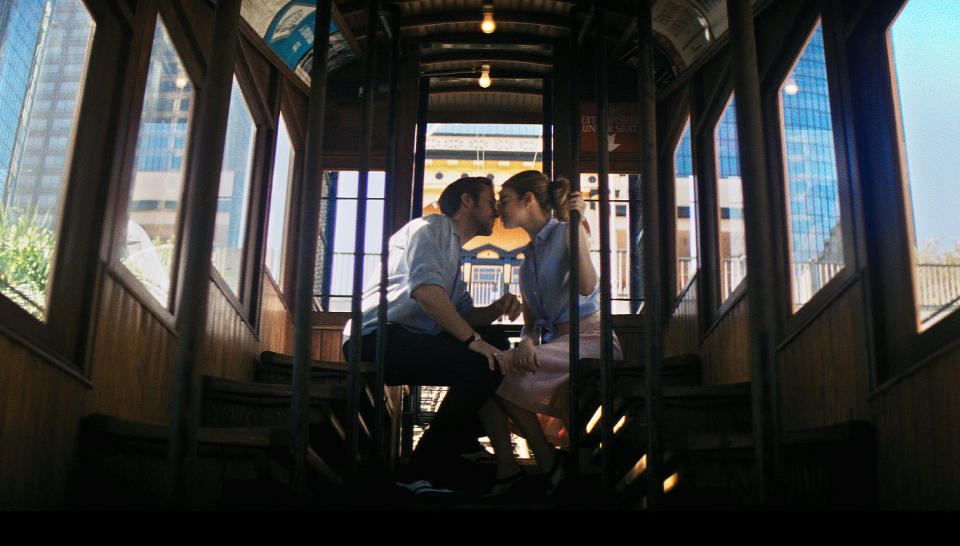
Alternately worshipped and derided upon its release, and forever (tragically) associated with a botched Best Picture announcement at the 2017 Oscars, Damien Chazelle’s third feature is a stylistically defiant movie musical that, in my view, is destined to age well.
Chazelle, a Harvard graduate, initially intended to make the film in Boston (where he made his first movie musical, Guy and Madeleine on a Park Bench), but what the wide-open spaces of L.A. give him that the cities of his native-born East never could is a magisterial sense of scale – as exemplified by his borderline-miraculous opening number, Another Day of Sun, set on a traffic-snarled stretch of the 105 and exemplifying the mastery of craft that won Chazelle his well-deserved Best Director Oscar.
9. Beginners (2010)
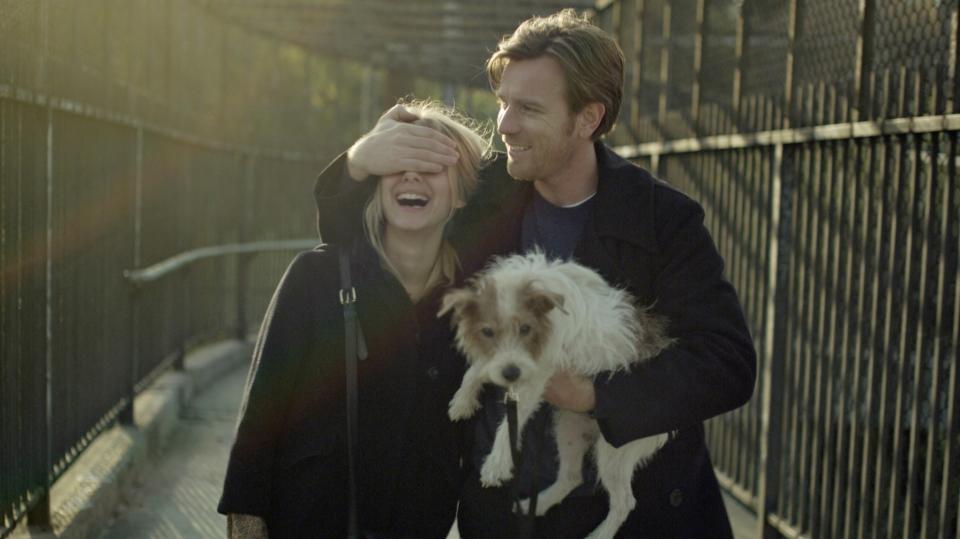
Mike Mills’ meteoric career began in skateboard videography before reaching its peak in a pair of California-set autobiographical dramas, Beginners and 20th Century Women. The latter is a tribute to his mother, a dogged Santa Barbara single mom; the former a paean to his father, a Los Angeles museum director who came out of the closet late in life before dying of cancer.
Ewan McGregor plays the Mills stand-in, Oliver, Christopher Plummer his father, Mélanie Laurent his love interest, an actress (a corollary to Mills’ real-life wife, actress and filmmaker Miranda July). The keen personal nature of Mills’ films extends to the characters’ deep familiarity with their settings, and Mills’ portraits of a nocturnal 2003 L.A., as seen from moving cars and curtained hotel room windows, are as heartbreaking as his story itself.
8. The Big Lebowski (1998)
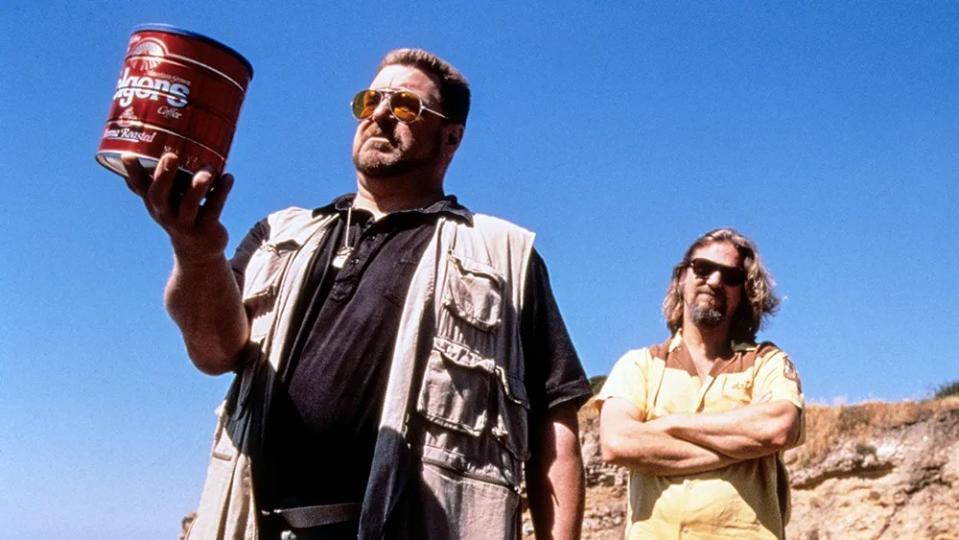
In attempting their own version of a Raymond Chandler shaggy-dog noir story, the Coen Brothers produced something probably better than anything Chandler ever wrote and certainly funnier.
The Big Lebowski apes detective-story predecessors like The Big Sleep and (especially) The Long Goodbye, but, vitally, it also considers itself a Western, starting on a tableau of a tumbling tumbleweed and featuring narration by a never-better Sam Elliott as a cowboy. Endeavoring as it does to place L.A. in the American West, with all its sense of mystery, promise, and sun-baked hopelessness, the Coens recontextualize the city even as they invent a genre out of whole cloth.
7. Heat (1995)
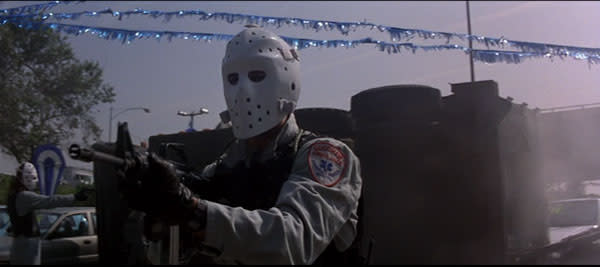
The city is director Michael Mann’s canvas, but he ordinarily prefers those towns that look their best at night, washing the screen with neon in his depiction of Chicago (in Thief) or Miami (in Miami Vice), for example. In Los Angeles, where, as Albert Hammond would have it, “It never rains,” the sun is ubiquitous, and nighttime just an unfortunate interlude, like indigestion.
Thus,we have Heat, Mann’s epic crime drama, in which Robert de Niro and a team of master criminals pull off a series of audacious robberies in Downtown L.A. in broad daylight. Mann’s depiction of that Los Angeles neighborhood, in its blocky, impersonal monumentality, remains the definitive ground-level view of the area.
6. Her (2013)

New York-born writer/director Spike Jonze, in his futuristic take on his own divorce, imagines a Los Angeles that has solved its most defining urban problem – a lack of public transportation. Our hero, Theodore Twombly (Joaquin Phoenix), a sad sack ghostwriter who falls in love with a sentient operating system (Scarlett Johansson), spends more than a few pivotal emotional scenes on the L.A. Metro, looking out over an skyline that has trended upwards rather than outwards.
In this imagined future, has Los Angeles become globalized, losing what makes it unique? Or has it utilized its artistic population to manufacture a modern urban center that takes design as its watchword? Jonze and his production designer, K.K. Barrett, taking up the mantle of amateur city planners, imagine a way forward, and it distinguishes Her as one of the most unique sci-fi movies made in the modern era.
5. Die Hard (1988)
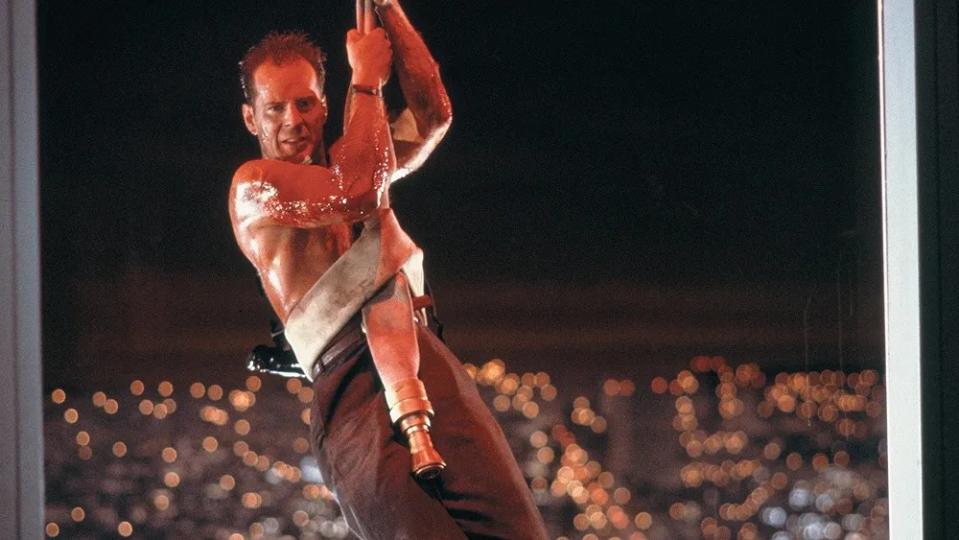
Where Heat takes on downtown L.A. from the street, Die Hard looks down on the neighborhood from 30 stories up. Bruce Willis’ New York City cop John McClane has flown all the way to Los Angeles for his wife’s office Christmas party, but despite having left Manhattan in the rearview mirror, he ends up in yet another skyscraper – this one, unfortunately, in the process of being taken over by terrorists.
Reginald VelJohnson, as the LAPD sergeant who comes to his aid, provides one of the most sympathetic portrayals of an L.A. cop in cinema, and overall the film provides a rose-tinted view of cross-cultural cooperation between the coasts.
4. Licorice Pizza (2021)
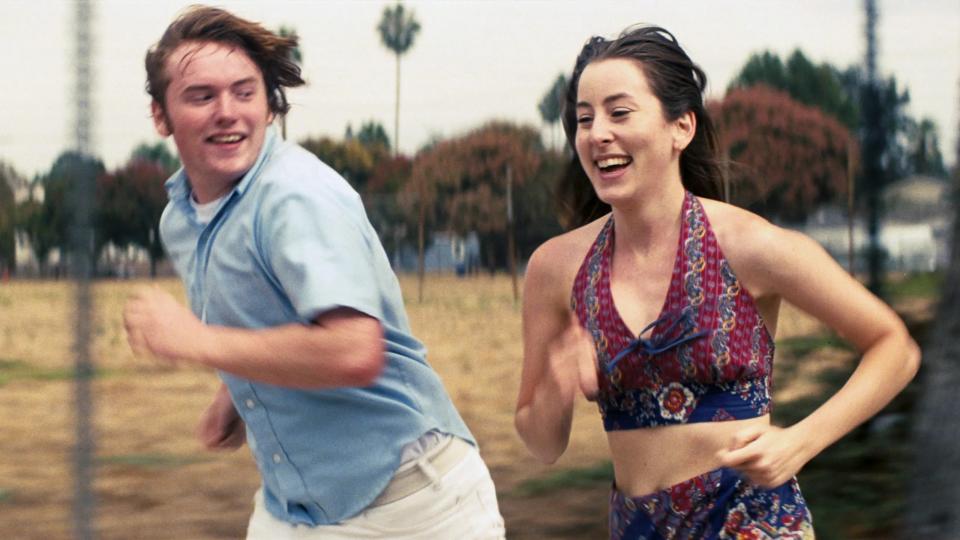
Paul Thomas Anderson (whose Boogie Nights and Magnolia would certainly be on an alternate version of this list) makes his cinematic home in the San Fernando Valley, less urbanized than southern Los Angeles, but somehow seedier. In this triumphant romance, Anderson is at the top of his game, honoring frequent collaborator Gary Goetzman with a heavily fictionalized version of Goetzman’s youth as a child actor (played by Cooper Hoffman, son of frequent Anderson collaborator Philip Seymour Hoffman).
The film is a burst of adrenaline, set as it is during the 1970s oil crisis and necessitating that its protagonists climb out of their cars and go sprinting down the sidewalks of L.A. as David Bowie warbles in the background.
3. Pulp Fiction (1994)
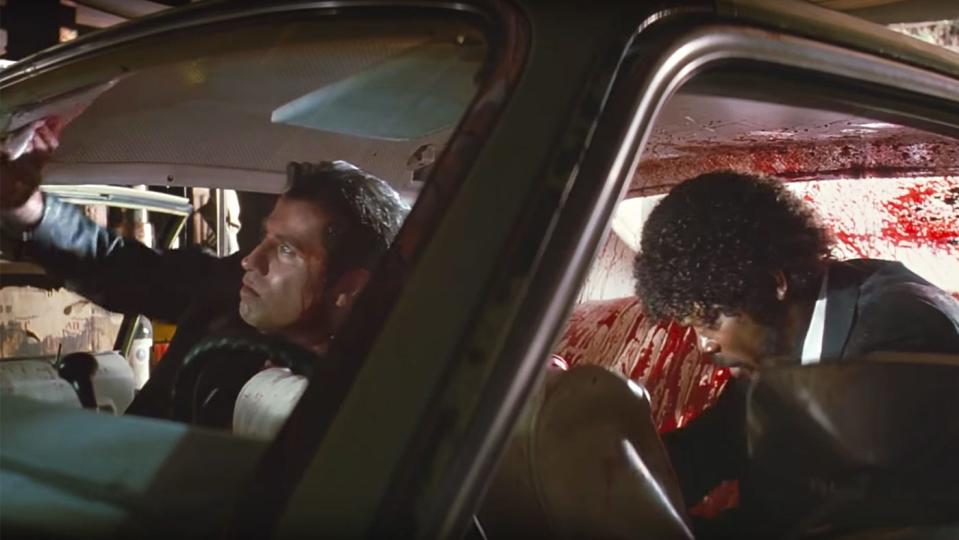
Would the film industry be recognizable today without L.A. native Quentin Tarantino’s second feature, and the decade of independent cinema it helped to create? One thing’s for certain – no one who strikes up a discursive conversation in a car stuck in traffic in Los Angeles will ever fail to be conscious of the fact that they’re just going through the same motions as Vincent Vega (John Travolta) and Jules Winnfield (Samuel L. Jackson) as they considered the “Royale with Cheese.”
Cars, and the distances they have to travel in a town like L.A., are an integral part of the fabric of Pulp Fiction’s story. Harvey Keitel’s character, offering Vincent and Jules rides home until he hears they live in Redondo Beach and Inglewood: “In your future … I see … a cab ride.”
2. Sunset Boulevard (1950)
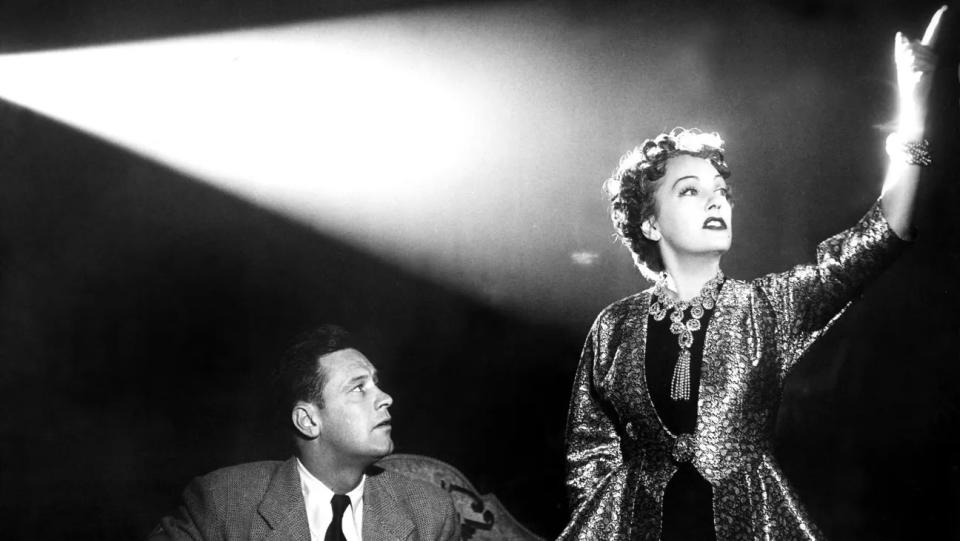
That Billy Wilder’s masterpiece would one day dwarf in influence the era of cinema it so viciously satirized, that the name “Gloria Swanson” would fade to relative obscurity while “Norma Desmond” would become immortal across generations, are ironies unknowable to Wilder and his collaborator Charles Brackett when they began writing the screenplay that would win them an Academy Award.
But as dyed-in-the-wool creatures of Hollywood, Wilder and Brackett could hardly fail to recognize their film’s place as a vital, topical historical document – featuring, not least, Cecil B. DeMille, Hedda Hopper, and Buster Keaton as themselves. It is a film as devastatingly elegant as it is necessary to understanding all the films that came before – and, frankly, after.
1. Chinatown (1974)
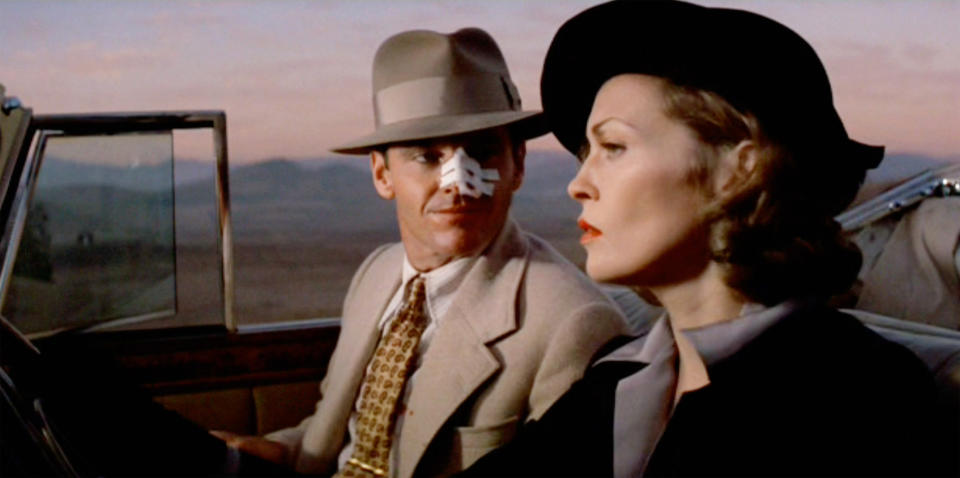
Chinatown is perhaps the most purely L.A. film ever made, with its blinding whites and oranges, circling smoke, noir sensibility, and consciousness of water as a resource to treasure and abuse.
In a story meticulously researched by indignant Los Angeleno screenwriter Robert Towne, the original sin of this desert town becomes the backdrop for unfathomable cruelty and sleaze. And there’s nothing our hero, J.J. Gittes (Jack Nicholson), can do about it – the town is what it is, and can’t be changed even by our fantasies.

